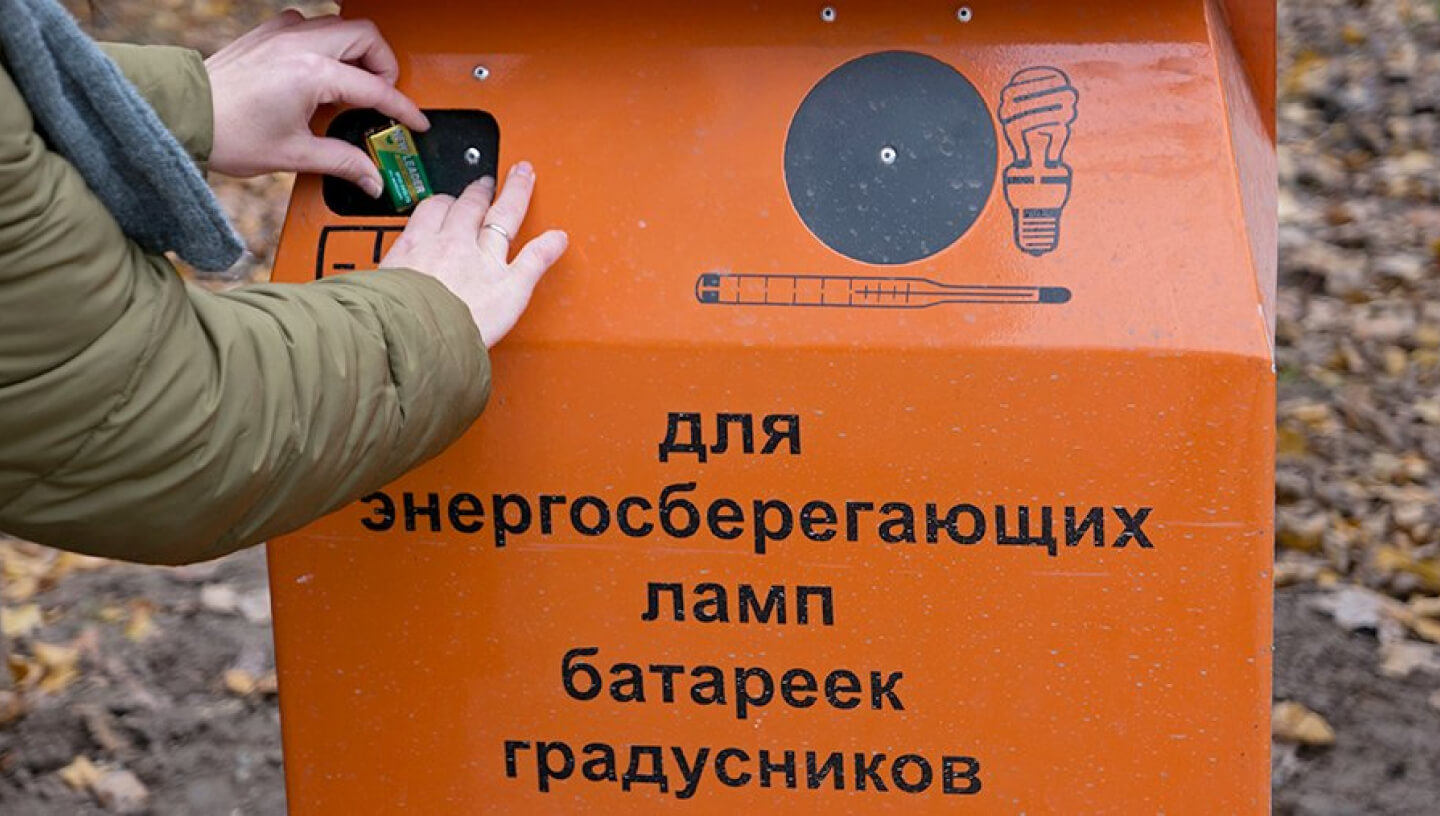 Photo from: Russian environmental operator
Photo from: Russian environmental operator
In 2019, a reform of the waste management industry was launched. It is the responsibility of the Russian environmental operator, which oversees the activities of regional operators. It has a mandate to operate and its own functions. It also deals with financial support for projects.
The reform is proceeding at varying paces in the regions. In the Moscow oblast, for example, quite a lot of facilities for MSW processing have been built, several regional operators are operating, landfill closure and reclamation activities have been carried out.
The regional operator has been working in the Leningrad region for a long time, and as far as I can tell it has been successful. It has implemented separate collection projects in many districts, there are processing facilities, and there are projects to build new recycling complexes in districts such as Kingisepp and Rakhya.
I would put it this way: there are tasks that need to be addressed, there are issues that need further work, there are points that need close attention, there are regions that need support in working mode, there are regions to look up to.
Let’s imagine how conventional waste treatment works: a rubbish truck collects the MSW at the accumulation sites, takes it to the treatment facility. There, the waste ends up on a conveyor, the organic fraction is screened and, in the best-case scenario, sent for composting. The recyclable fractions then go to manual sorting, where they are selected with the efficiency available for this kind of sorting. And the rest, the so-called “tails”, are taken to the landfill.
If we do nothing with “tails” — first residual product of processing which is going to a landfill now — if we do not sort non-ferrous and ferrous metals, suitable cardboard and paper, marketable types of plastic, produce fuel efficiently and effectively, we will direct no more than 5% of waste into recycling. The rest will go to landfills. These are the real statistics.
The equipment that further processes and disposes of the “tails” are optical, ballistic, air separators, shredders, vibrating screens and the like. In this format we will take 3–5% of fractions for recycling, and the rest will be sent to a landfill. The process will be visible. But to call such a conveyor belt a waste processing complex is, to put it mildly, a deception.
I am sure that by 2024 the targets of the reform will be reached (the share of utilized waste disposal is 36 % and the share of waste sent for treatment is 60 %). But that will be the average hospital temperature: advanced regions, such as Moscow, will pull the statistics. Ideally, these 36% and 60% should be in every region. If some regions do not reach the KPIs, they will probably receive support — both technological and financial. It is impossible for everyone to be top performers and frontrunners.
Cover photo: Russian environmental operator








Comments